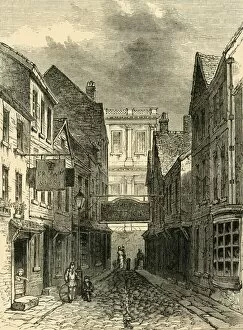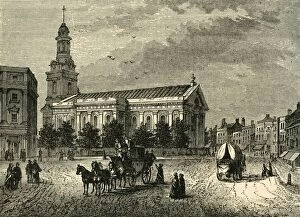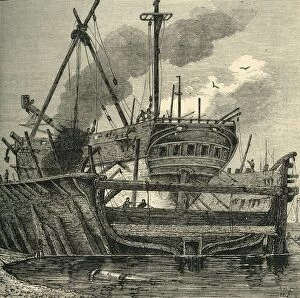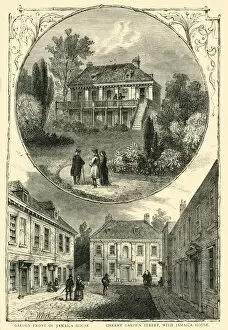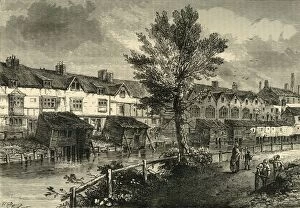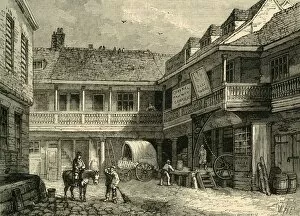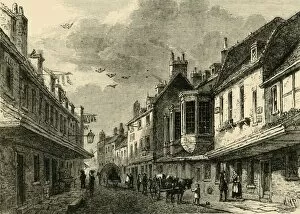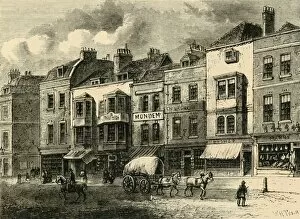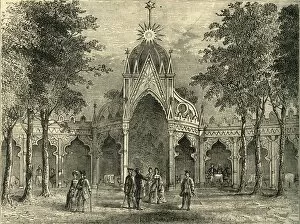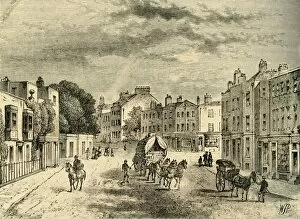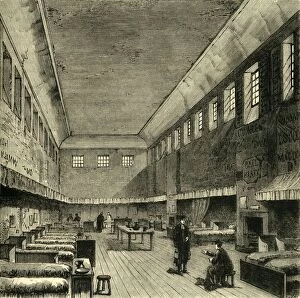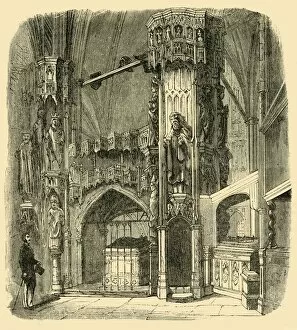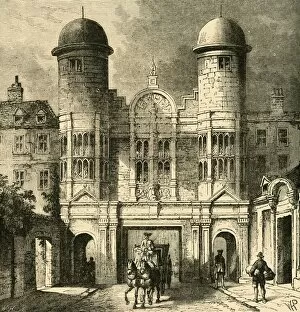Old And New London Collection (page 8)
"Journey through Time: Exploring Old and New London" Step back in time with these captivating glimpses into the rich history of London
All Professionally Made to Order for Quick Shipping
"Journey through Time: Exploring Old and New London" Step back in time with these captivating glimpses into the rich history of London. From forgotten corners to iconic landmarks, each image tells a story of a bygone era. Folly Ditch, Jacobs Island (c1878): Unearth the secrets of this mysterious neighborhood, once teeming with life but now lost to time. The Horns Tavern, Kennington, in 1820 (c1878): Immerse yourself in the lively atmosphere of this historic pub where locals gathered for merriment and camaraderie. The Great Hall, Dulwich College (c1878): Marvel at the grandeur of this magnificent hall that has witnessed centuries of learning and enlightenment. Views on the River Lea (c1876): Let your imagination drift along these tranquil waters as you soak in picturesque scenes that have inspired generations. The Chelsea Bun-House, 1810 (c1876): Indulge your senses with tantalizing aromas wafting from this renowned bakery that delighted Londoners' taste buds for centuries. Lauderdale House in 1820 (c1876): Step into an elegant world where artistry thrived within these walls adorned with timeless beauty and grace. Trial Trip on the Underground Railway, 1863 (c1876): Witness history being made as brave souls embark on a groundbreaking journey beneath London's bustling streets. Kennington from the Green, 1780 (c1878): Transport yourself to a simpler time when village life flourished amidst lush greenery and charming cottages dotted the landscape. An Old Coachmakers Shop in Long Acre (1881): Peek into an era when horse-drawn carriages were crafted meticulously by skilled artisans who brought elegance to every wheel they turned. The Lord Mayors Procession (1897).


